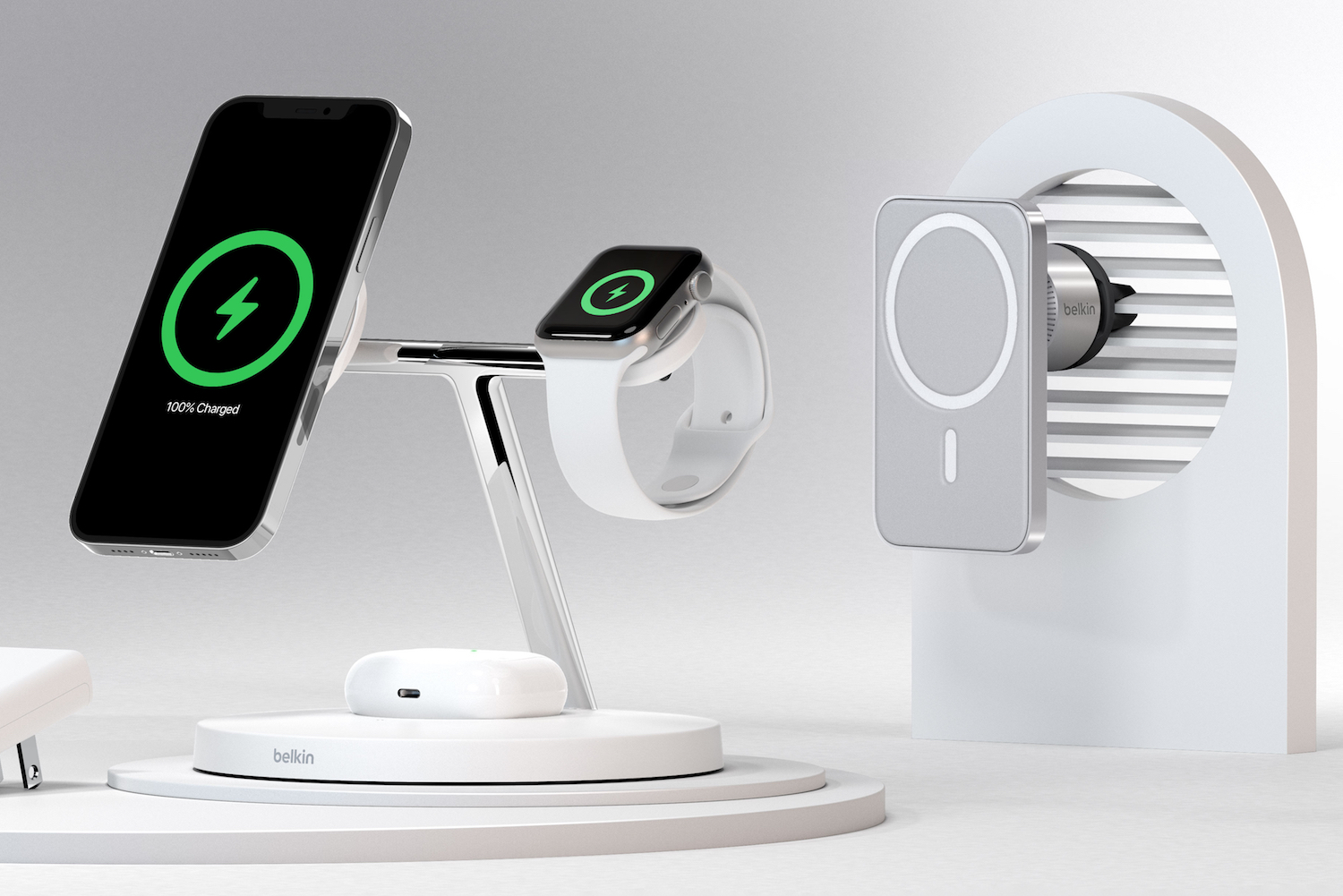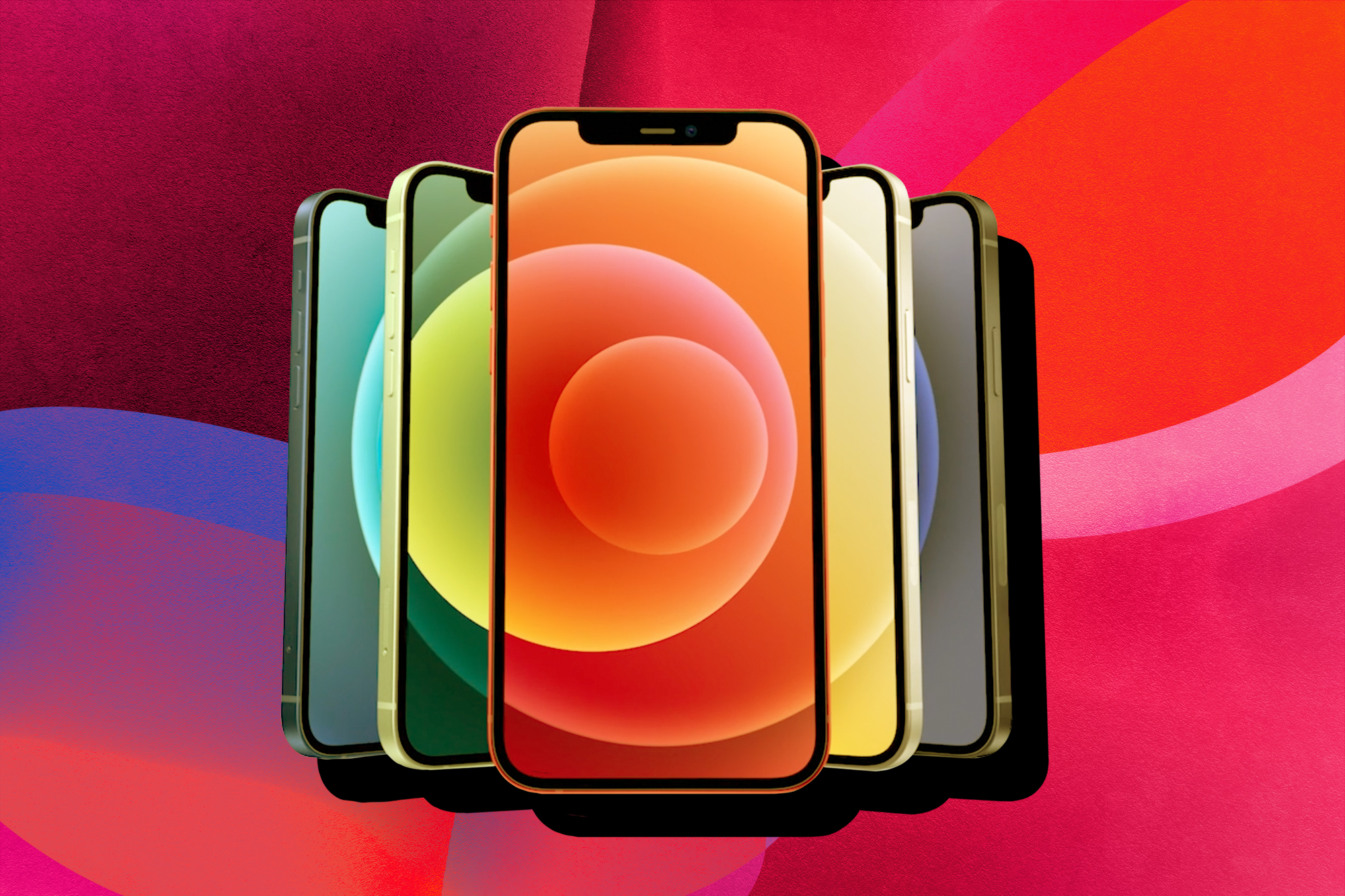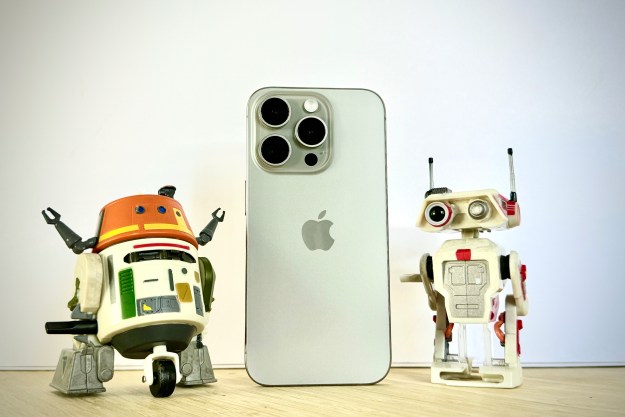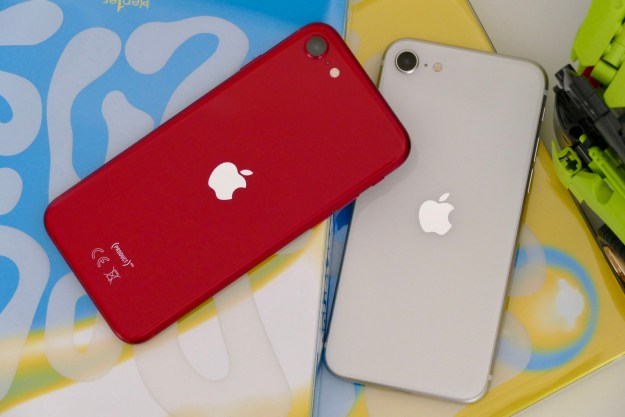We shouldn’t fall into the easy trap of passing the new MagSafe for iPhone technology off as merely a branding exercise dripping in nostalgia to titillate long-term Mac fans. There are two reasons why. First, it may become one of the most interesting and innovative “Made for iPhone” official accessory ranges we’ve seen since the beginning of the program itself.
Second, we should also remember it’s the latest weapon in Apple’s ecosystem arsenal, designed specifically to keep you buying the iPhone for years to come, possibly including one of the most controversial rumored iPhones on the horizon.
What is MagSafe for iPhone?
What does MagSafe do? It’s a new way for chargers and accessories to attach and talk to your iPhone. The simplest accessory is Apple’s own MagSafe Wireless Charger, a $39 charging plate that looks a bit like a thinner, oversized Apple Watch charging plinth. It uses magnets to clamp itself tightly against the back of the iPhone 12 and iPhone 12 Pro models, securely keeping it in place for accurate charger positioning.

Once it’s there a newly designed charging coil array delivers 15W of wireless charging power, up from the previous 7.5W wireless charging on older iPhone models. It doesn’t make your old Qi wireless chargers useless, as the iPhone 12 range still supports the common standard. The MagSafe Wireless Charger will also work with all iPhone models that support wireless charging too, it’s just they won’t benefit from the plate being magnetically secured.
Accessories are much more exciting
Solving the problem of your phone not seating correctly on a wireless charger is great, but MagSafe’s potential for accessories is considerably more interesting. Apple has started the ball rolling with a collection of iPhone cases with corresponding magnets built into the shell, so the wireless charger still holds itself in place even with the case on.

Outside of its new cases, which cost $49, Apple announced a leather wallet with MagSafe technology, enabling it to snap onto the back of your phone for convenience. The magnets also make it compatible with an iPhone 12 when it’s inside one of Apple’s MagSafe cases too. Made from French leather, the credit card wallet costs $59.
Apple also has a MagSafe Duo charger coming soon, capable of charging your iPhone and Apple Watch at the same time. It’s made for travel and will fold up into a more convenient size and shape when not in use. But Apple is just covering the bases, and is just the start of a flood of MagSafe products.
Prepare for many MagSafe accessories
It’s logical that third-party accessory manufacturers will also adopt the MagSafe system and build magnets into cases and other iPhone-related paraphernalia. Because of the way MagSafe is designed, it has magnetometers and an NFC antenna inside, meaning it could potentially be used to “talk” to your iPhone and prompt features to activate when attached.
Apple specifically mentioned Belkin during the iPhone 12 launch, and it has since announced the Boost Charge Pro 3-in-1 Wireless Charger, which tops up your phone, Apple Watch, and AirPods all on the same stand. It has also revealed the MagSafe Car Vent Mount for use in your vehicle, but not the prices or precise release date yet. Belkin’s first out the gate, but which other companies are getting ready for MagSafe?

We asked accessory maker Nomad, which already produces innovative charging systems like the Base Station Pro along with various cases for the iPhone, whether it had plans for MagSafe products. Brian Hahn, Nomad co-founder and head of product at the company told us:
“As an accessory manufacturer, we’re actually really excited by the opportunities MagSafe presents. In the short term, we’re evaluating a handful of early concepts that we think could be fantastic additions to the ecosystem.”
Casemaker Nudient is in an interesting position, as its thin V3 iPhone cases already have magnets inside which are used to hold a leather wallet on the back, just like the new MagSafe accessory from Apple. We asked if, despite this, the company was also exploring the potential of MagSafe. Pontus Krusing, Nudient’s CFO, said:
“We are working to add MagSafe support to our products, which means that we will have both our own magnet support as well as the MagSafe. This will be a feature of the Nudient Case V3 Mark II.”

Proporta and Greenwich, two big-name iPhone case and accessory makers, informed Digital Trends they are excited to see how MagSafe can be used in their future products, once they have both explored the technology more. Incipio is also busy preparing, and it’s bringing all its fashion brand partners along. Lane Timian, VP of brand at Incipio told Digital Trends:
“Incipio is always looking for ways to enhance the Apple user experience, and MagSafe is clearly an opportunity to do so. We have many opportunities to support the new Apple ecosystem across our protection (Incipio and Survivor), fashion (KSNY and Coach), and power (Griffin) brands. Be on the lookout for more details and launch plans soon.”
The tech suits less obvious products too. PopSockets, which makes those clever stick-on grips for the back of your phone, has confirmed to TechCrunch it has MagSafe products in development. Provided the magnets in the iPhone 12 are strong enough, it could change the PopSocket Grip forever.
For a technology announced just a few days ago, there’s clearly considerable activity from Apple’s partners, and that means a lot of products are coming.
Beware the lock-in
When you buy an iPhone, or any Apple product, it comes with a built-in lock. I’m referring to Apple’s ecosystem of apps, products, and services, which are all designed to keep you in the Apple family for years to come. MagSafe for iPhone is another example because by design any accessories you purchase will only work with the iPhone.
That’s understandable with cases, but it’s a bit more of a pain when it’s wireless chargers, wallets, and PopSockets. These are traditionally platform-agnostic, and products you can take with you to other phones should you decide to shift away from Apple in the future. Most people will understand this, as it has been Apple’s modus operandi for some time, and it’s not a bad thing. The vast, interesting, and high quality Made for iPhone accessory range is one of the best ecosystems in the business.

Look a little further down the line and Apple may be doing the groundwork with MagSafe to encourage you to buy a controversial rumored future iPhone. A “port-less” iPhone has been rumored for a while, and a wireless charging system that attaches securely to the device could end up being a crucial component, and a continuation of Apple’s first move towards it by introducing wireless charging on the iPhone 8.
Couple MagSafe’s introduction with the removal of the charging block from the iPhone and Apple Watch’s box, and Apple’s easing you in gently to the port-less concept. By introducing the tech now, Apple gives manufacturers time to build up a library of compatible accessories, and you time to buy a few of the coolest and most helpful MagSafe products. That should smooth the transition from plugging in a charger to never doing so again, rather than forcing you into the situation after the announcement of what could be a truly innovative device.
So, while MagSafe is a nice add-on to this year’s iPhone and a fertile ground for accessory makers to innovate, it is absolutely a way to get you to stick with Apple in the near future, and perhaps even prompt you to want a very different kind of iPhone sometime soon too.
Editors' Recommendations
- A big iPhone update is right around the corner
- One of the most iconic iPhone accessories is back — and it’s great
- Are you having iPhone alarm problems? A fix is coming soon
- Nomad’s new iPhone case and Apple Watch band may be its coolest yet
- 5 phones you should buy instead of the iPhone 15



